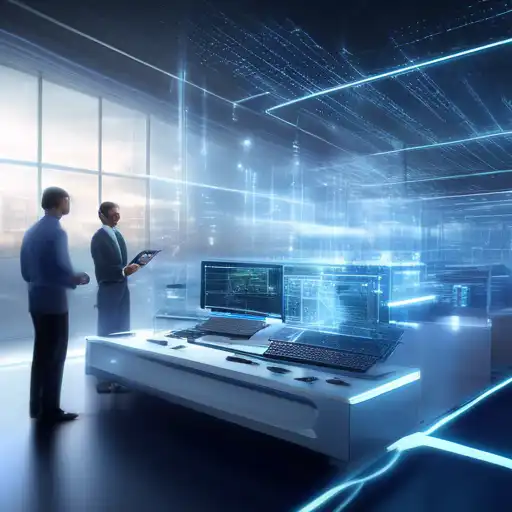What is Edge Computing?
Edge computing is a transformative technology that processes data closer to where it is generated, rather than relying on a centralized data-processing warehouse. This approach minimizes latency, reduces bandwidth use, and speeds up response times, making it ideal for real-time applications.
Benefits of Edge Computing
The advantages of edge computing are vast and varied. Here are some key benefits:
- Reduced Latency: By processing data near the source, edge computing significantly decreases the time it takes for data to travel, enabling faster decision-making.
- Bandwidth Savings: Local data processing reduces the amount of data that needs to be sent to the cloud, saving on bandwidth costs.
- Improved Security: Distributing processing can enhance security by limiting the exposure of sensitive data.
- Scalability: Edge computing allows for more scalable solutions, as it can easily accommodate additional devices without overloading the network.
Edge Computing vs. Cloud Computing
While both edge computing and cloud computing play pivotal roles in the modern data ecosystem, they serve different purposes. Cloud computing is about centralized data processing and storage, whereas edge computing focuses on decentralized processing at the data's source. Together, they form a comprehensive approach to data management and processing.
Applications of Edge Computing
Edge computing is revolutionizing industries by enabling real-time data processing. Some notable applications include:
- Internet of Things (IoT): Edge computing is crucial for IoT devices, allowing them to process data on-site for immediate action.
- Autonomous Vehicles: Self-driving cars rely on edge computing to process vast amounts of data in real-time for safe navigation.
- Healthcare: Wearable devices use edge computing to monitor patient health metrics instantly, enabling timely medical interventions.
- Smart Cities: Edge computing supports smart city initiatives by processing data from sensors and cameras to improve urban living.
Challenges and Considerations
Despite its benefits, edge computing comes with its own set of challenges. These include the need for robust security measures to protect decentralized data and the requirement for substantial initial investment in edge infrastructure. However, with the right strategies, these challenges can be effectively managed.
The Future of Edge Computing
As technology continues to evolve, the role of edge computing is set to expand. With the growth of 5G networks and the increasing prevalence of IoT devices, edge computing will become even more integral to our digital lives, offering faster, more efficient data processing solutions.
For more insights into how edge computing is shaping the future of technology, explore our cloud computing section to understand the complementary roles these technologies play.
